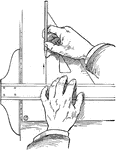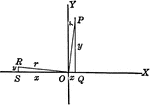
Trigonometric Reference Triangles/Angles Drawn in Quadrants
Trigonometric reference triangles/angles drawn for reference angel in quadrants I and II. This illustration…

Equal Right Triangles by Hypotenuse Leg
Illustration showing two equal right triangles. This can be used to show that two right triangles are…

Mutually Equiangular Similar Triangles
Illustration that shows two mutually equiangular triangles are similar.

Similar Triangles With Respective Sides Parallel or Perpendicular
Illustration that shows that two triangles which have their sides respectively parallel, or respectively…
Similar Triangles With Altitudes Drawn
Illustration that shows two similar triangles with altitudes drawn.

Three Triangles Used to Compare Sides
Illustration showing three triangles. This is used to show the following theorem: If two triangles have…

Triangular Double Arch
Tangrams, invented by the Chinese, are used to develop geometric thinking and spatial sense. Seven figures…

Triangular Double Arch
Tangrams, invented by the Chinese, are used to develop geometric thinking and spatial sense. Seven figures…

Triangular Double Arch
Tangrams, invented by the Chinese, are used to develop geometric thinking and spatial sense. Seven figures…

Triangular Double Arch
Tangrams, invented by the Chinese, are used to develop geometric thinking and spatial sense. Seven figures…

Development Exercise of Triangular Pyramid
Exercise problem to develop, or rolled out, image of the triangular pyramid by creating an equal length…

Triangular City Block With Angles and Lengths
Illustration showing an angle of 23 degrees 40 minutes making a triangle in a city block and marking…
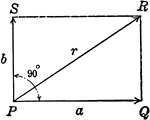
Resultant Vector With Vectors at 90 degrees
Illustration of the resultant vector when two vectors are acting upon a body at point P at 90 degrees.

Resultant Vectors
Illustration of the resultant vector when two vectors are acting upon a body at point P.

Resultant Vector With Vectors at Angle Ǝ
Illustration of the resultant vector when two vectors are acting upon a body at point P at Ǝ degrees.
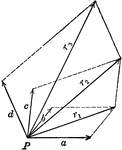
Resultant Vector From 4 Forces
Illustration of the resultant vector when four vectors are acting upon a body at point P.

Vulture
Tangrams, invented by the Chinese, are used to develop geometric thinking and spatial sense. Seven figures…

Vulture
Tangrams, invented by the Chinese, are used to develop geometric thinking and spatial sense. Seven figures…

Vulture
Tangrams, invented by the Chinese, are used to develop geometric thinking and spatial sense. Seven figures…

Vulture
Tangrams, invented by the Chinese, are used to develop geometric thinking and spatial sense. Seven figures…

Water Skier
Tangrams, invented by the Chinese, are used to develop geometric thinking and spatial sense. Seven figures…

Water Skier
Tangrams, invented by the Chinese, are used to develop geometric thinking and spatial sense. Seven figures…

Water Skier
Tangrams, invented by the Chinese, are used to develop geometric thinking and spatial sense. Seven figures…

Water Skier
Tangrams, invented by the Chinese, are used to develop geometric thinking and spatial sense. Seven figures…
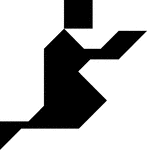
Woman Kneeling
Tangrams, invented by the Chinese, are used to develop geometric thinking and spatial sense. Seven figures…
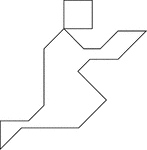
Woman Kneeling
Tangrams, invented by the Chinese, are used to develop geometric thinking and spatial sense. Seven figures…
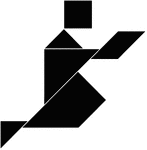
Woman Kneeling
Tangrams, invented by the Chinese, are used to develop geometric thinking and spatial sense. Seven figures…
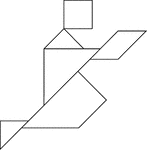
Woman Kneeling.
Tangrams, invented by the Chinese, are used to develop geometric thinking and spatial sense. Seven figures…
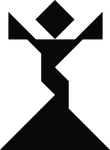
Woman Standing
Tangrams, invented by the Chinese, are used to develop geometric thinking and spatial sense. Seven figures…
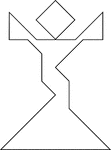
Woman Standing
Tangrams, invented by the Chinese, are used to develop geometric thinking and spatial sense. Seven figures…
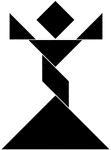
Woman Standing
Tangrams, invented by the Chinese, are used to develop geometric thinking and spatial sense. Seven figures…
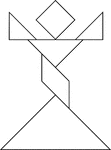
Woman Standing
Tangrams, invented by the Chinese, are used to develop geometric thinking and spatial sense. Seven figures…
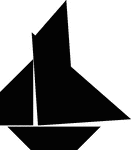
Yacht
Tangrams, invented by the Chinese, are used to develop geometric thinking and spatial sense. Seven figures…
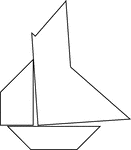
Yacht
Tangrams, invented by the Chinese, are used to develop geometric thinking and spatial sense. Seven figures…
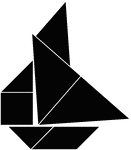
Yacht
Tangrams, invented by the Chinese, are used to develop geometric thinking and spatial sense. Seven figures…
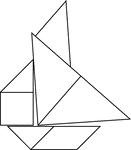
Yacht
Tangrams, invented by the Chinese, are used to develop geometric thinking and spatial sense. Seven figures…
